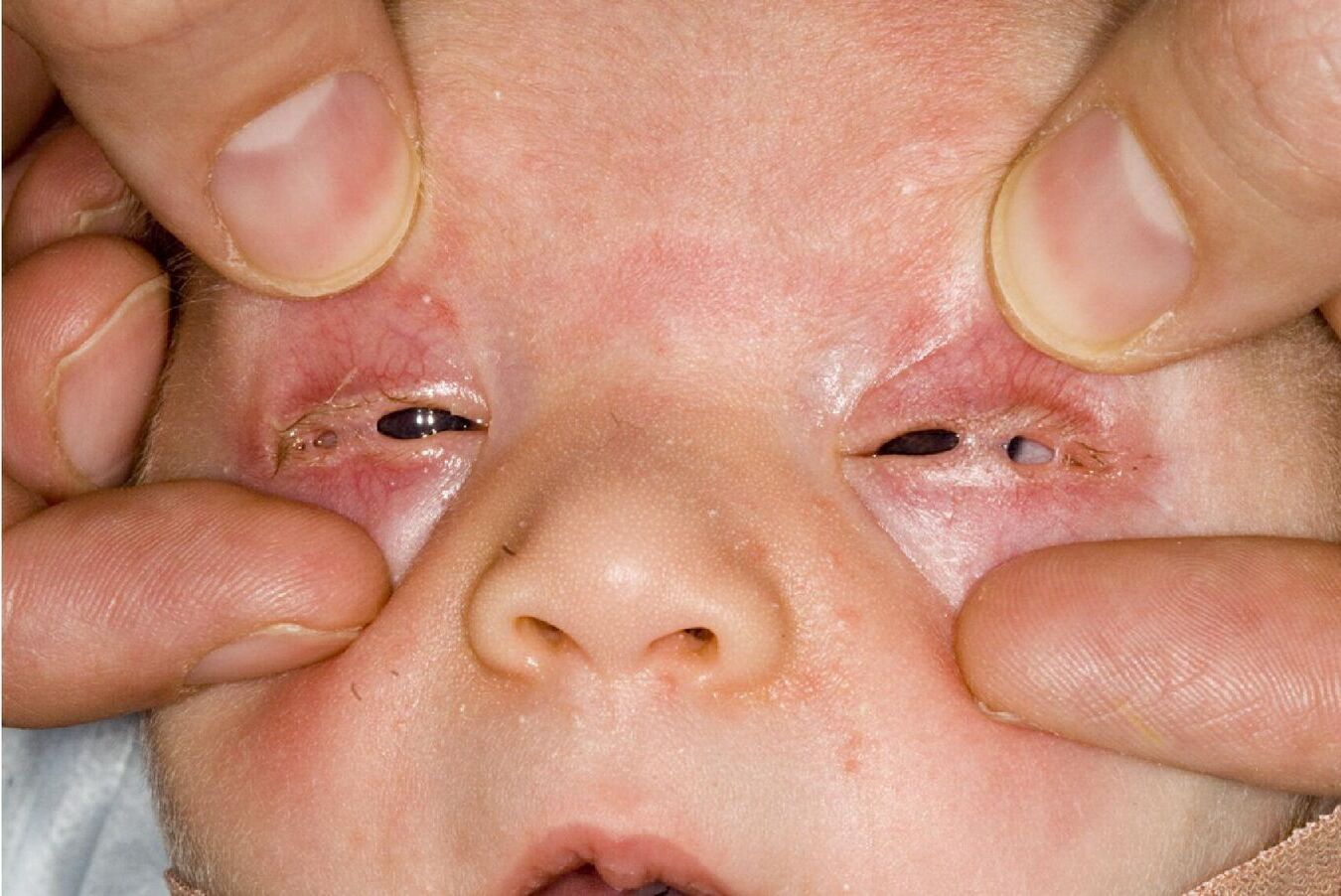
Curly Hair Ankyloblepharon Nail Dysplasia (CHAND) syndrome is a rare genetic disorder that affects multiple parts of the body. Ever wondered what makes this condition so unique? CHAND syndrome primarily impacts hair, nails, and eyelids, leading to distinctive features like curly hair, fused eyelids, and abnormal nails. This condition is inherited in an autosomal recessive manner, meaning both parents must carry the gene for a child to be affected. Though rare, understanding CHAND syndrome can help in recognizing its symptoms early and managing them effectively. Let's dive into 25 intriguing facts about this fascinating genetic disorder.
Key Takeaways:
- Curly Hair Ankyloblepharon Nail Dysplasia (CHAND) syndrome is a rare genetic disorder affecting hair, nails, and eyelids, caused by a TP63 gene mutation. It requires a multidisciplinary approach for management and offers hope for future advancements in genetic research.
- Individuals with CHAND syndrome may experience unique features such as tightly curled hair, fused eyelids, and abnormal nails. While there is no cure, treatments like surgical intervention and supportive therapies can help manage the symptoms and improve quality of life.
What is Curly Hair Ankyloblepharon Nail Dysplasia?
Curly Hair Ankyloblepharon Nail Dysplasia (CHAND) syndrome is a rare genetic disorder. It affects hair, nails, and eyelids. This condition is caused by mutations in the TP63 gene. Here are some fascinating facts about CHAND syndrome.
-
Curly Hair: Individuals with CHAND syndrome often have tightly curled hair from birth. This distinctive feature is one of the first signs of the condition.
-
Ankyloblepharon: This term refers to the partial fusion of the eyelids. Babies with CHAND may be born with their eyelids partially stuck together.
-
Nail Dysplasia: People with CHAND syndrome often have abnormal nails. Nails may be thick, misshapen, or even absent.
-
Genetic Mutation: The TP63 gene mutation is responsible for CHAND syndrome. This gene plays a crucial role in the development of skin, hair, and nails.
-
Inheritance Pattern: CHAND syndrome follows an autosomal dominant inheritance pattern. This means a single copy of the mutated gene can cause the disorder.
Symptoms and Diagnosis
Understanding the symptoms and how CHAND syndrome is diagnosed can help in early detection and management.
-
Skin Abnormalities: Besides hair and nails, the skin can also be affected. Some individuals may have dry, scaly skin.
-
Dental Issues: Dental anomalies, such as missing teeth or abnormal tooth shape, can occur in CHAND syndrome.
-
Eye Problems: Apart from ankyloblepharon, other eye issues like conjunctivitis or corneal ulcers may develop.
-
Growth and Development: Some children with CHAND may experience delayed growth and development.
-
Diagnosis: Diagnosis typically involves a physical examination, family history, and genetic testing to confirm the TP63 mutation.
Treatment and Management
While there is no cure for CHAND syndrome, various treatments can help manage the symptoms.
-
Surgical Intervention: Surgery may be required to separate fused eyelids or correct nail abnormalities.
-
Dermatological Care: Regular visits to a dermatologist can help manage skin issues and monitor hair and nail health.
-
Dental Care: Regular dental check-ups are essential to address any dental anomalies early.
-
Genetic Counseling: Families may benefit from genetic counseling to understand the inheritance pattern and risks for future children.
-
Supportive Therapies: Physical and occupational therapy can assist with developmental delays and improve quality of life.
Living with CHAND Syndrome
Living with CHAND syndrome involves adapting to various challenges and finding ways to thrive.
-
Emotional Support: Psychological support can be beneficial for individuals and families coping with the condition.
-
Community Resources: Connecting with support groups and communities can provide valuable resources and emotional support.
-
Education and Awareness: Raising awareness about CHAND syndrome can help reduce stigma and promote understanding.
-
Research and Advances: Ongoing research aims to better understand CHAND syndrome and develop more effective treatments.
-
Personal Stories: Hearing from others with CHAND syndrome can offer inspiration and practical advice for managing the condition.
Interesting Facts
Here are some additional intriguing facts about CHAND syndrome that highlight its uniqueness.
-
Rare Condition: CHAND syndrome is extremely rare, with only a few documented cases worldwide.
-
Named After Features: The name "Curly Hair Ankyloblepharon Nail Dysplasia" directly describes the primary features of the syndrome.
-
Historical Cases: The first cases of CHAND syndrome were described in medical literature in the 1970s.
-
Multidisciplinary Approach: Managing CHAND syndrome often requires a team of specialists, including dermatologists, geneticists, and surgeons.
-
Hope for the Future: Advances in genetic research hold promise for better understanding and potentially treating CHAND syndrome in the future.
Final Thoughts on Curly Hair Ankyloblepharon Nail Dysplasia
Curly Hair Ankyloblepharon Nail Dysplasia (CHAND) is a rare genetic disorder that affects hair, nails, and eyelids. Understanding this condition helps in recognizing its symptoms early and seeking appropriate medical advice. CHAND is characterized by curly hair, fused eyelids, and nail abnormalities. While it’s a lifelong condition, treatments focus on managing symptoms and improving quality of life. Genetic counseling can provide valuable insights for affected families. Awareness and education about CHAND are crucial for early diagnosis and better management. If you or someone you know shows signs of CHAND, consult a healthcare professional for guidance. Remember, knowledge empowers us to make informed decisions about our health. Stay curious, stay informed, and take charge of your well-being.
Frequently Asked Questions
Was this page helpful?
Our commitment to delivering trustworthy and engaging content is at the heart of what we do. Each fact on our site is contributed by real users like you, bringing a wealth of diverse insights and information. To ensure the highest standards of accuracy and reliability, our dedicated editors meticulously review each submission. This process guarantees that the facts we share are not only fascinating but also credible. Trust in our commitment to quality and authenticity as you explore and learn with us.
